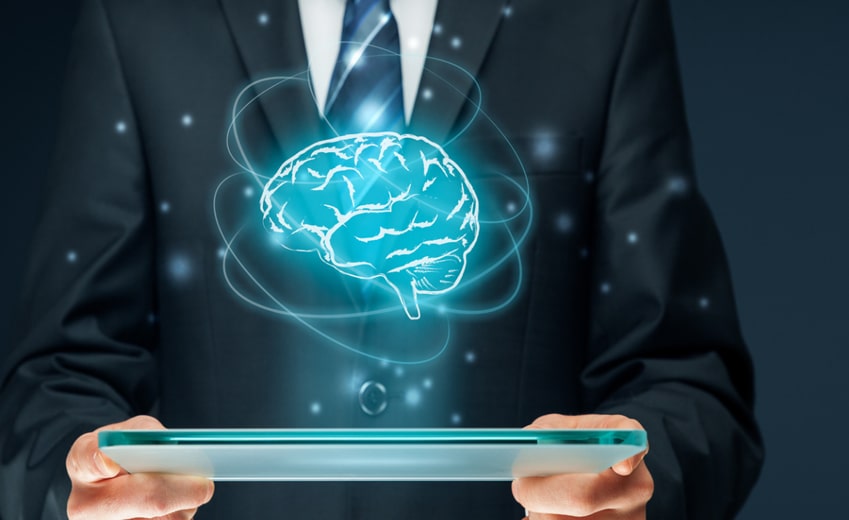
Portafolio de Páginas Web
Diseño Web Profesional
IA generativa en el diseño web
HERRAMIENTAS COMO MIDJOURNEY Y DALL-E PARA CREAR DISEÑOS ÚNICOS

Introduction to Generative Artificial Intelligence
Generative artificial intelligence (AI) is an advanced branch of AI focused on creating new content—from images and text to unique designs and patterns—based on an initial set of data.
This technology has revolutionized various sectors, and one of the fields that has benefited the most is web design. Today, tools like Midjourney and DALL-E allow designers to explore a new level of creativity and customization, creating unique designs quickly and easily.
What is Generative Artificial Intelligence?
Generative AI is a technology based on deep learning models capable of generating original content. Unlike other AIs that only identify or analyze patterns, generative AI “imagines” new creations by combining existing information in innovative ways. This makes it a powerful tool for sectors such as design, advertising, and digital art, where creativity and innovation are essential.
Evolution of Generative AI
Since the first machine learning models, AI has evolved from systems that merely recognized patterns to those capable of learning and replicating complex behaviors.
With the introduction of neural networks and, more recently, deep learning models like GPT and GAN (Generative Adversarial Networks), generative AI has achieved an astounding level of content quality. Midjourney and DALL-E are recent examples of these advancements, allowing users to generate images from text descriptions.
Current Uses of Generative AI
Generative AI has found applications in areas such as digital art creation, audiovisual content generation, and especially in web design.
Companies and creatives use it to develop everything from logos to full interfaces, optimizing time and opening doors to designs that were once unimaginable. In web design, generative AI enables designers to create unique visuals tailored to a brand’s identity efficiently and effectively.
Generative Artificial Intelligence in Web Design
The integration of generative AI in web design has transformed how designers approach their projects.
Tools like Midjourney and DALL-E allow designers to explore design ideas interactively and flexibly, speeding up the creative process and fostering innovation.
Application of Generative AI in Web Design
In web design, generative AI helps designers create visual prototypes, color schemes, and graphic elements that perfectly match a brand’s identity or a project’s specific needs. This is achieved by generating images, patterns, or even full mockups based on detailed instructions, saving time and effort in the initial design stages.
Advantages of AI in Web Design
The integration of generative AI in web design offers numerous advantages, such as accelerating the creative process, reducing costs, and enabling real-time experimentation with multiple visual options.
It also allows designers to focus more on strategy and user experience while AI handles more repetitive tasks.
Limitations of Generative AI in Web Design
Despite its numerous benefits, generative AI also has limitations. The quality of results depends heavily on the quality of data and the clarity of given instructions. Additionally, AI does not fully replace human creativity, as it lacks cultural or emotional context that a human designer can provide. There are also ethical challenges regarding the use of automatically generated content.
Generative AI Tools for Web Design
There are several generative AI tools that web designers can use to create visual content, with Midjourney and DALL-E being some of the most popular and effective.
Introduction to Midjourney
Midjourney is an AI platform that allows users to generate images from detailed text descriptions. Its algorithm can interpret various styles and compositions, allowing for the creation of customized designs. Web designers can use Midjourney to develop visual concepts that complement a website’s aesthetics.
Introduction to DALL-E
DALL-E, developed by OpenAI, is another advanced generative AI tool specializing in image creation. It uses a language model that allows users to accurately describe what they want to see in the generated image. Its ability to generate complex and detailed visuals makes it an essential tool for those seeking unique graphic elements in their web projects.
Comparison between Midjourney and DALL-E
While both tools are powerful, each has its strengths. Midjourney is ideal for those looking for a more artistic design experience, while DALL-E excels at creating images with specific details. The choice between the two depends on the type of project and the specific needs of the design.
Other Generative AI Tools
In addition to Midjourney and DALL-E, there are other tools like Stable Diffusion and Jasper Art that also offer text-to-image generation features. Each tool has its unique features and advantages, giving designers multiple options to explore AI-assisted creativity.
How to Create Unique Designs Using Midjourney and DALL-E
Steps to Create Designs with Midjourney
To create designs in Midjourney, you first need to precisely describe the desired image, including details like style, colors, and composition. The system then processes this information and generates a series of images that the user can choose or adjust.
Steps to Create Designs with DALL-E
DALL-E also requires a detailed description, and its precision in interpretation allows highly specific results. Designers can experiment with different instructions to refine the design and achieve results aligned with their web project’s aesthetics.
Tips to Maximize Creativity with AI
For the best results with these tools, it’s essential to try different word and style combinations, explore variations, and be specific with details. The clearer the instructions, the more precise the image generation will be.
Future of Generative Artificial Intelligence in Web Design
Emerging Trends in AI and Web Design
With the growth of generative AI, web design is expected to evolve toward greater personalization and automation. Designers will have more freedom to focus on strategy and creativity.
Ethics and Responsibility in the Use of AI
It is important to consider ethical aspects in the use of AI in design, such as the impact on employment and respect for creative authorship. AI can be a great ally, but its use must be balanced and ethical.

Conclusión
Generative artificial intelligence represents a great opportunity for web designers.
With tools like Midjourney and DALL-E, professionals can explore new creative horizons, create unique designs, and improve user experience.
However, AI should be seen as a complement, not a replacement for human creativity.

